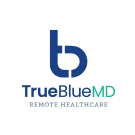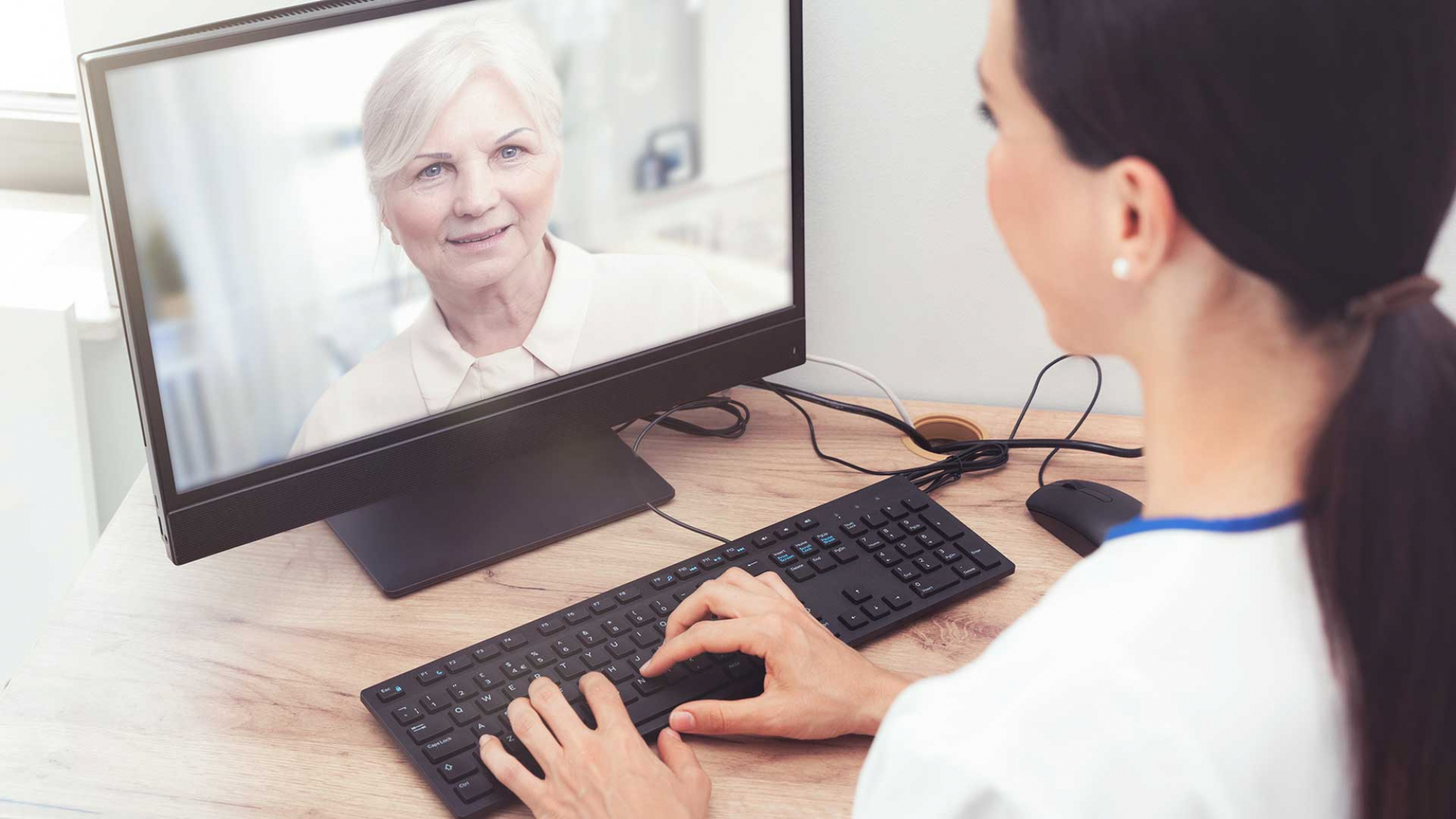In times of social distancing and pandemic scare, the obligation for offering adequate healthcare for all has dominated conversations. Since the COVID-19 virus wreaks havoc with the healthcare system, telehealth is stepping up into the spotlight and helping healthcare provider organizations and caregivers better reply to the requirements of the Americans who need to connect with their providers on the status of their health. You could be thinking, that’s great, but now isn’t the time to be implementing a brand-new IT solution. Offering telehealth services nowadays couldn’t be simpler and it could prevent you and your patients from catching the virus, and under newly announced HIPAA. “enforcement discretion,” you don’t have to worry about running afoul of HIPAA law.
Telehealth is Bridging the Gap Between Patients, Physicians & Health Systems
Telehealth is bridging the gap between patients, physicians, and health systems, enabling everyone, especially symptomatic patients, to remain and communicate with physicians through virtual channels, helping to curb the spread of the virus to mass populations and thus the medical staff on the frontlines. By deploying telehealth solutions and programs, those who are affected by other medical ailments can receive care from home, without entering medical facilities, minimizing their risk of contagion.
What is Remote Patient Monitoring?
In 2020, CMS created new reimbursement opportunities for connected care services that enable providers to manage and coordinate patient care remotely. Remote Patient Monitoring (RPM) can be used to deliver healthcare services to patients regardless of their physical location or condition. The recent expansion and unbundling of reimbursable services by CMS present several opportunities for providers to submit claims and receive reimbursement from Medicare.
Remote patient monitoring has received new Medicare reimbursement codes:
– CPT 99453 – RPM INITIAL SETUP & PATIENT EDUCATION
$21 One-time Payment
Reimbursement for the initial, one-time cost of setting up and educating a patient on the use of remote patient monitoring tools.
– CPT 99454 – RPM DEVICE SUPPLY
$69 Monthly Payment
Reimbursement for the supply of the RPM device. The device must be capable of transmitting patient data and/or alerts on a daily basis and supplied to the patient by the billing practitioner.
– CPT 99457 – RPM PERIODIC MONITORING
$52 Monthly Payment
Reimbursement for the time spent by the physician, QHCP, and/or clinical staff reviewing physiologic patient data gathered by RPM devices and communicating with the patient. Service is billable for 20 or more minutes of qualifying time each calendar month.
Remote Patient Monitoring Becomes the Ultimate Care Option
The Remote Patient Monitoring technology allows the engagement of patients in their homes. The capabilities also facilitate communication between quarantined people and their healthcare providers and maintain the visibility of those who are recently discharged. In the age of coronavirus, Remote Patient Monitoring tools provide a secure eye on patients while they’re in quarantine or reception. If their clinical situation deteriorates, the system, supported by clinician oversight, can respond rapidly and choose if they have more intensive levels of treatment
Investing in RPM is a win-win— conclusively, patients can still maintain regular checkups with their doctors for ongoing conditions without having to depart their home, and physicians still get paid for their time without any risk of exposure to COVID-19.


Add a Comment